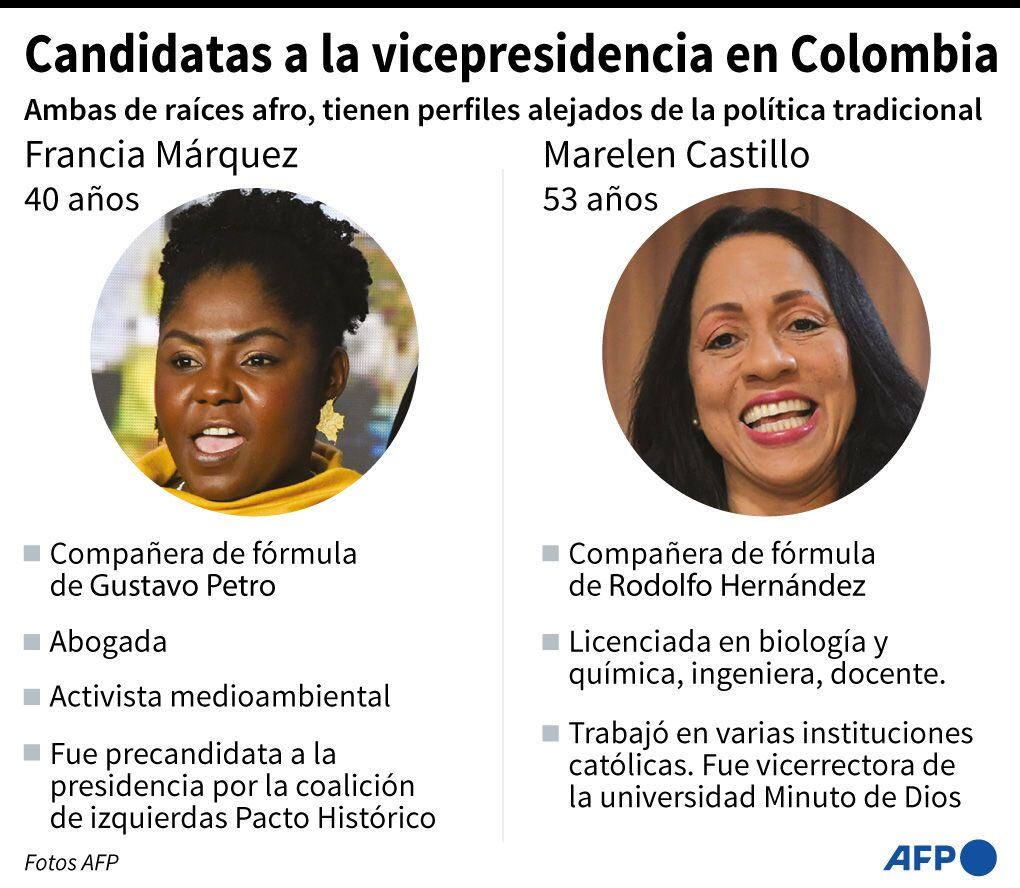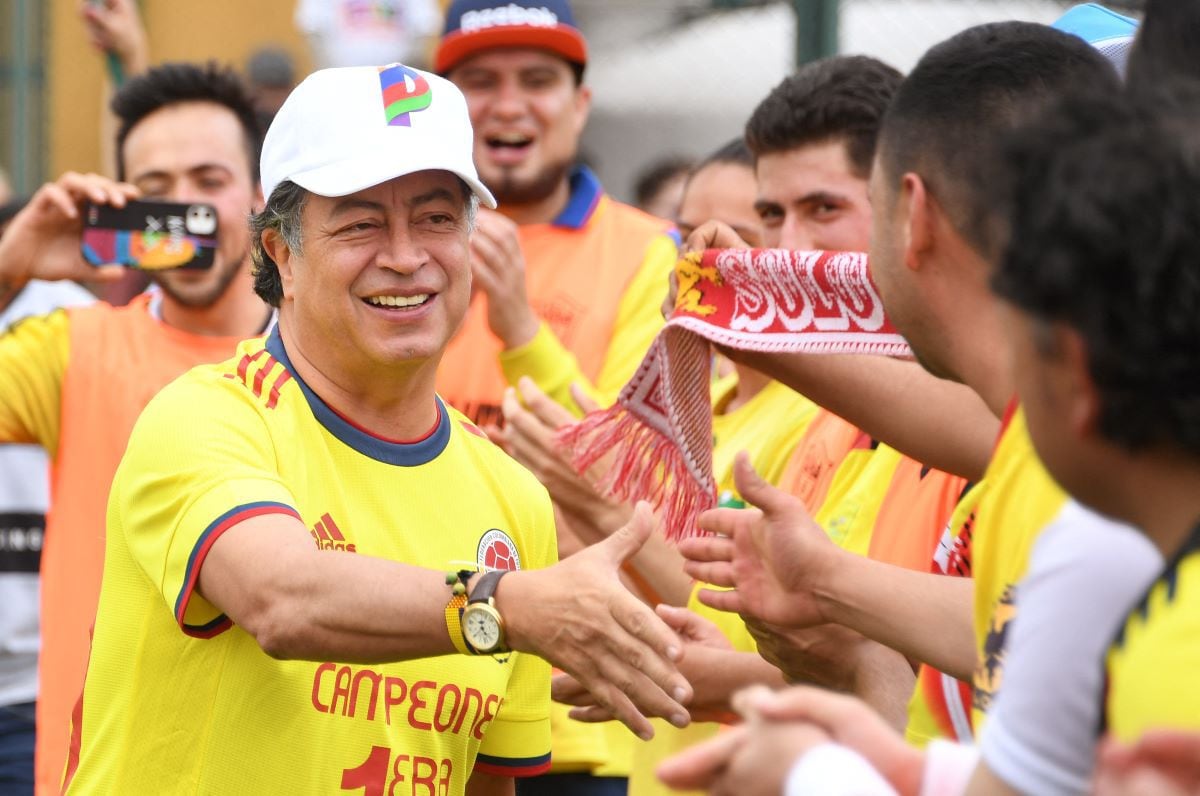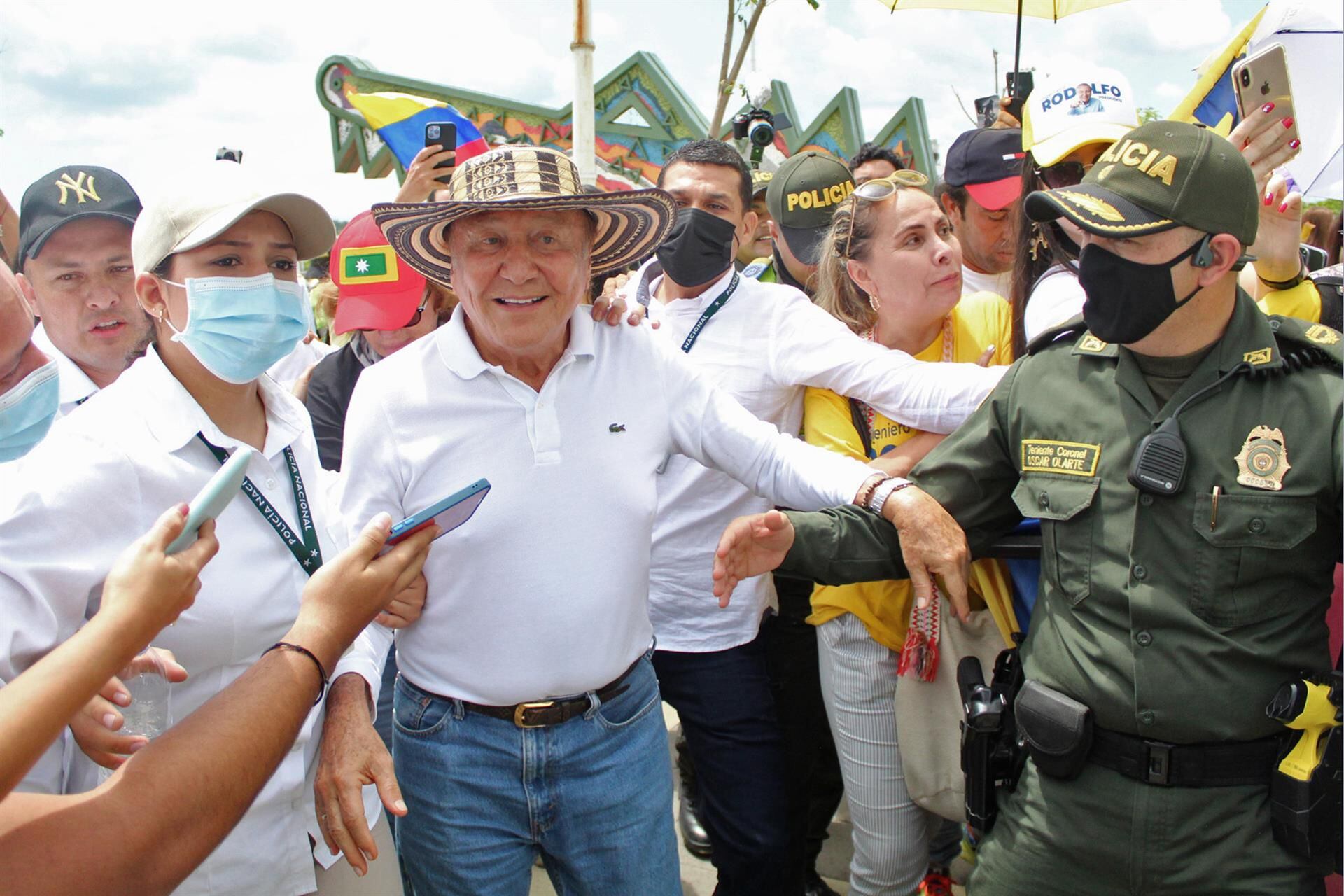This Sunday, June 19, the citizens of Colombia They are called to vote in the second round of presidential elections that, according to all analysts, will mean a profound change in the political model that has governed the country in recent decades, or at least that is what the two candidates promise, the leftist Gustavo Petro and the populist Rodolfo Hernandez.
LOOK: Hernández vs Petro: Who is winning in Colombia according to the latest survey by Guarumo and EcoAnalítica for El Tiempo?
To understand this event, here are some key points to consider:
1. THE CANDIDATES
Gustavo Petrosenator and recurring candidate in the electoral race that competes for the Historical Pact. He was the most voted candidate in the first round of May 29, in which he got 8,527,768 votes (40.32%). He has the task ahead of him to bring the left to power for the first time in Colombian history.
LOOK: Hernández vs Petro: Who is winning in the latest RCN Tracking for the second round in Colombia?
he faces Rodolfo Hernandezconstruction entrepreneur, billionaire and former mayor of Bucaramanga, fifth city in the country, which received 5,953,209 votes (28.15%). With a populist discourse based on grandiose promises to fight corruption, his goal is to remove the corrupt politicians who, he says, have been ruling all their lives.
2. THE CANDIDATES
Whatever happens on Sunday, Colombia will have on August 7, when the new Government takes office, its first African-American vice president, since the running mates of Petro Y Hernandez, France Marquez Y marelen castle, respectively, share the same origin. However, they could not be more different politically.
LOOK: Who is Francia Márquez, the political phenomenon that could reach the Vice Presidency of Colombia | PROFILE
Márquez is a renowned activist and lawyer from one of the areas hardest hit by the armed conflictwhich has known how to attract and represent the social discontent of the streets.
LOOK: Who is Marelen Castillo, the unknown running mate of Rodolfo Hernández [PERFIL]
For its part, Castillo was the “perfect stranger.” Nobody knew who she was in politics until the “engineer” called her to be part of her campaign, to which she intends to contribute her experience as a teacher and academic, in addition to influencing her Christian values.

3. TIGHT VOTING
All the polls agree that, whoever wins, they will do it in a tight way, since no poll gives one of the two candidates a clear victory in voting intentions.
Hernandezwhich was the surprise of the first round after its sharp rise in the polls in the last week of May, has failed to maintain this growing trend and has even decreased a bit in preferences.
Petro, for his part, saw just after the first vote how for the first time in a poll for these elections he was not the favorite. Nevertheless, he has managed to keep his votes and even grow somewhat in the trendalthough it remains to be seen if he will get the additional 1.5 million votes he says he needs to reach the House of Nariño.

4. THE ELECTIONS
A total of 39,002,239 Colombians (20,111,908 women and 18,890,331 men) are authorized to vote in the 12,263 posts installed throughout the country by the Registry, of which 5,174 correspond to urban areas and 7,089 to rural areas. .
There are also 1,343 tables distributed in 250 polling stations in 67 countries for the 972,764 Colombians registered abroad to vote. Voting at foreign embassies and consulates began last Monday and ends this Sunday.
In this Second round Whoever gets the simple majority wins. In the unlikely event that they get exactly the same number of votes, the decision will be made randomly, drawing a ballot from a ballot box, according to the Electoral Code.
The Colombian pre-count system is usually very fast, so the first results could be known within a few hours of the closing of the polling stations, which open at 8:00 a.m. and close at 4:00 p.m.

5. WHITE VOTE AND ABSTENTION
The presidential card includes a blank voting box, which has been increasing in the last elections, and which in elections like these could be key; although while in the first round it can force an electoral repetition, in the second, its role is symbolic.
Many centrist voters, who in the first round voted for the centrist candidate Sergio Fajardoit is probable that they opt to vote blank, something that may also be done by right-wing voters who do not see their project for the country represented in either of the two candidacies, although part of the conservative electorate will vote against Gustavo Petro.
A fundamental player will be abstention. In 2018 almost half of the electoral census, 47%, decided not to vote, while in the plebiscite for peace, in 2016, abstention reached 62% and was one of the reasons why the “no” to the agreement won with the FARC.
As happened with the first round, Sunday’s elections are held on the eve of a national holiday, which may influence participation, although those on May 29 had the lowest abstention in 20 years, registering 45%. .
6 OBSERVERS
As happened in the legislative elections of March 13 and in the first presidential round, held on June 5, the European Union (EU) will send an observation mission with a hundred people.
The Organization of American States (OAS) it will also deploy 87 observers throughout the country and the NGO Electoral Observation Mission (MOE) will also have a monitoring delegation. In addition, there are other missions from trade unions, international organizations and political parties.
Source: Elcomercio
I, Ronald Payne, am a journalist and author who dedicated his life to telling the stories that need to be said. I have over 7 years of experience as a reporter and editor, covering everything from politics to business to crime.

:quality(75)/cloudfront-us-east-1.images.arcpublishing.com/elcomercio/DSQPTNE5MNFKFMUQHIG2ILCYSI.webp)

:quality(75)/cloudfront-us-east-1.images.arcpublishing.com/elcomercio/QMYNQQXKLVEKZNPVNVDKJO7YVM.jpg)

:quality(75)/cloudfront-us-east-1.images.arcpublishing.com/elcomercio/5GUDEDTPDVAQ3ECKAGE6Z6XULI.jpg)
:quality(75)/cloudfront-us-east-1.images.arcpublishing.com/elcomercio/QO2GMZT3QZCDXB3UP6ZFPC2YOY.jpg)
